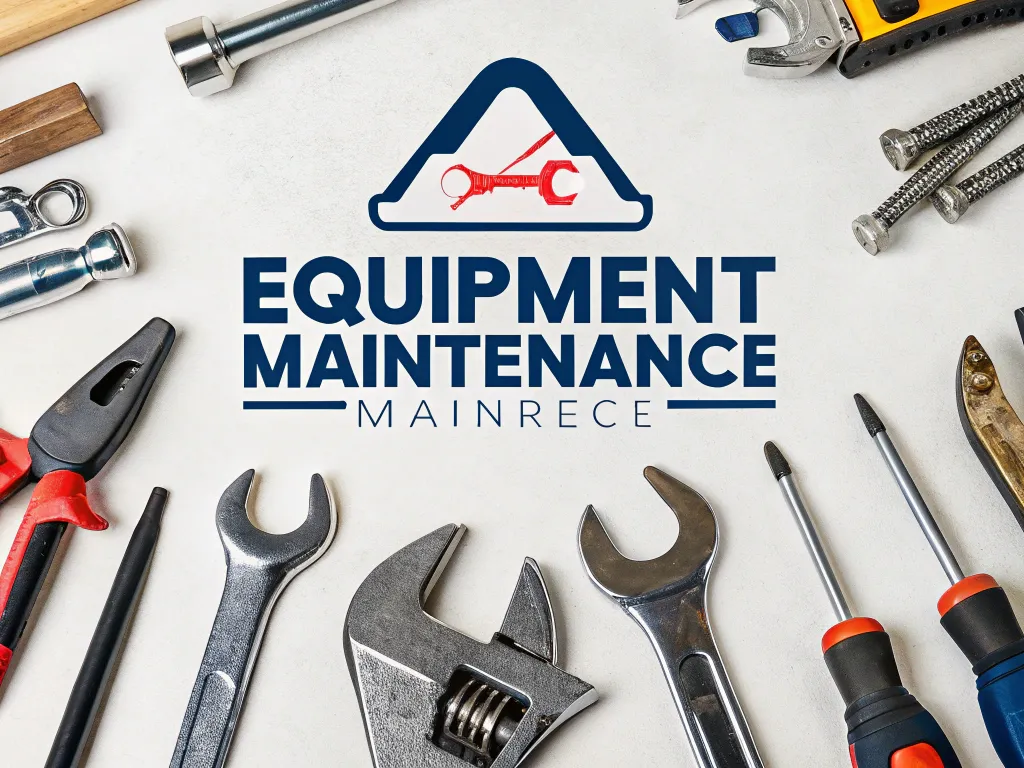Maintaining PVC recycling machinery is vital for ensuring optimal performance, extending equipment longevity, and producing high-quality recycled products. Below is a detailed guide on best practices for maintaining PVC recycling machinery effectively.
1. Regular Cleaning and Inspection
Proper maintenance begins with regular cleaning and inspection, focusing on removing contaminants and preventing unnecessary wear and tear.
- Daily Cleaning: PVC recycling involves materials that can be contaminated with metals, paper, or other plastics. Regularly clean key machinery components like shredders, grinders, and extruders to avoid buildup and maintain operational efficiency.
- Inspection Routine: Conduct daily checks on critical components such as cutting blades, motors, and conveyor systems. Look for wear, damage, or misalignment, and promptly address any issues.
2. Preventive Maintenance Schedule
A structured preventive maintenance schedule can prevent unexpected downtimes and keep machinery running smoothly.
- Maintenance Plan: Develop a routine maintenance plan based on manufacturer guidelines. Include key components like blades, motors, and bearings.
- Critical Component Monitoring:
- Blades and Shredders: Sharpen or replace blades periodically to maintain optimal cutting performance.
- Motors and Bearings: Listen for unusual noises or vibrations, which could indicate issues requiring immediate attention.
- Conveyor Belts and Rollers: Check for alignment and physical damage, ensuring smooth material flow.
3. Lubrication and Temperature Control
Lubrication and temperature regulation are critical for reducing wear and maintaining operational efficiency.
- Lubricate Moving Parts: Regularly lubricate bearings, gears, and other moving parts with manufacturer-recommended lubricants. Avoid over-lubrication, as it can attract dust and debris, leading to further issues.
- Temperature Monitoring: PVC recycling machinery often operates at high temperatures. Ensure temperature sensors are working correctly to prevent overheating, which can damage machinery or affect product quality.
4. Calibration and Settings Adjustment
Precise calibration of machinery settings can significantly affect performance and output quality.
- Parameter Calibration: Regularly calibrate machinery settings such as pressure, speed, and temperature. Incorrect settings can lead to inefficiencies, machine strain, or inconsistent product quality.
- Sensor Verification: Check and calibrate sensors to ensure they are providing accurate data, supporting precise machine control.
5. Proper Operation and Safety Protocols
Correct operation and safety practices contribute to both machinery longevity and operator well-being.
- Operator Training: All operators should be trained on the correct use of the machinery, basic troubleshooting, and maintenance tasks. Training should also include safety protocols to prevent accidents.
- Avoid Overloading: Feed the machinery in compliance with its capacity limits to prevent excessive strain. Follow guidelines for material size and quantity to ensure safe and efficient operation.
- Inspect Safety Features: Regularly inspect and test all safety guards, emergency stops, and interlocks. Ensure ventilation is sufficient to handle any PVC fumes generated during operation.
6. Spare Parts Management
Maintaining an inventory of critical spare parts is essential for minimizing downtime.
- Spare Parts Stock: Keep a stock of essential spare parts like blades, belts, and sensors to avoid delays when replacements are needed.
- Quick Replacements: Implement a system that allows rapid replacement of worn or damaged parts, reducing operational interruptions.
7. Maintenance Record Keeping
Systematic record-keeping is crucial for tracking machine health and planning future maintenance.
- Maintenance Logs: Maintain detailed logs of inspections, repairs, replacements, and all maintenance activities. This information can help identify recurring issues and plan preventive measures.
- Performance Tracking: Record operational data to monitor efficiency and detect potential problems before they escalate.
8. Vendor and Technical Support
Professional support is indispensable for complex maintenance and ensuring compliance with best practices.
- Manufacturer Guidelines: Follow the manufacturer’s recommendations for parts, consumables, and maintenance schedules to ensure machinery remains in optimal condition.
- Professional Servicing: Schedule periodic inspections by certified technicians for a thorough review of the machinery’s condition.
- Software Updates: Keep machinery software and firmware updated to benefit from enhancements in automation, control, and efficiency.
9. Environmental and Safety Considerations
Environmental measures are essential for maintaining safety and ensuring compliance with regulations.
- Dust and Noise Control: Install dust collectors and soundproofing systems as necessary to minimize environmental impact. Keep these systems in good working order.
- Fume Extraction and Ventilation: PVC processing can generate harmful fumes. Ensure the fume extraction systems are functional and efficient.
- Proper Waste Disposal: Dispose of used lubricants, worn parts, and other maintenance waste in an environmentally responsible manner.
10. Professional Training and Material Quality Control
- Operator Skill Development: Regularly refresh operator training to include the latest techniques and safety protocols, which can help in reducing human error and machinery downtime.
- Feedstock Quality Inspection: Ensure the PVC feedstock is clean and properly sorted before entering the recycling machinery. Poor feed quality can lead to quicker machine wear and substandard product output.
11. Cooling System Maintenance
Proper cooling is crucial for preventing overheating and ensuring the machinery remains functional.
- Cooling System Checks: Inspect cooling systems for blockages and verify their efficiency. Proper cooling maintains machine integrity during extended use, especially for equipment like extruders.
By following these detailed maintenance practices, recycling facilities can significantly enhance the performance and lifespan of their PVC recycling machinery. Consistent care not only ensures efficient operation but also contributes to the quality of recycled PVC products, workplace safety, and environmental compliance. Always refer to the specific equipment manuals provided by manufacturers for tailored advice, as each machine may have unique requirements.



